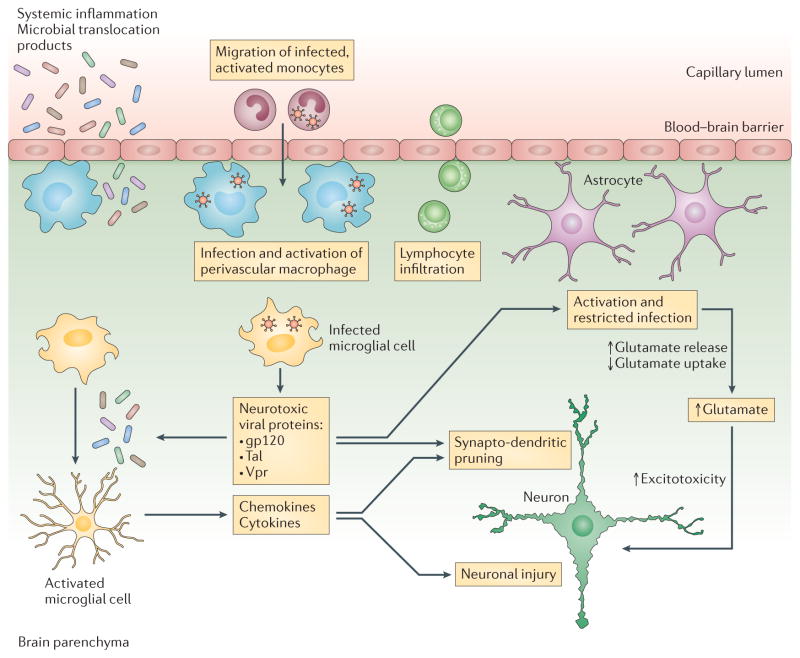Figure 3. Neuropathogenic mechanisms that contribute to HIV-associated neurocognitive disorders.
HIV-infected macrophages and microglial cells release neurotoxic viral proteins that trigger astrocyte activation, which results in increased glutamate release and reduced glutamate uptake. Elevated extracellular glutamate levels cause neuronal bioenergetic disturbances that lead to aberrant synaptodendritic pruning and neuronal injury. Moreover, systemic inflammation and microbial translocation products lead to microglial activation and increased production of chemokines and cytokines that contribute to neuronal injury. Adapted from Williams, D. W. et al. Curr. HIV Res. 12, 85–96 (2014).

